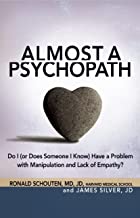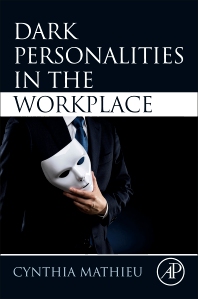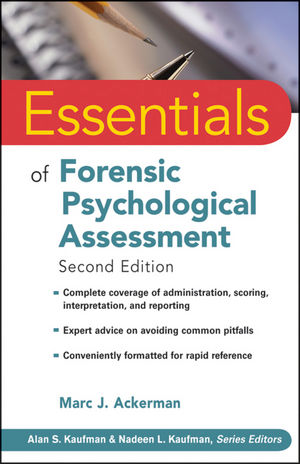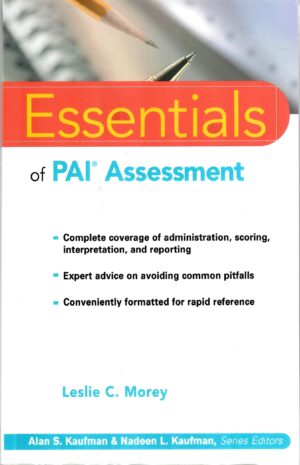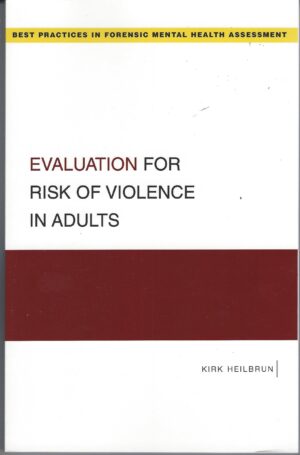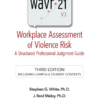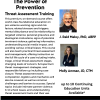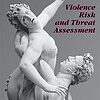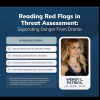The Abusive Personality – Violence and Control in Intimate Relationships (Second Edition)
$29.99262 pages, New 2nd edition published in 2007.
This thoroughly documented work demonstrates that male abusiveness is more than just a learned pattern of behavior-it is the outgrowth of a particular personality configuration. Findings from the author’s research with over 400 batterers are integrated with the literature on object relations, attachment, and psychological trauma to trace the development of the abusive personality from early childhood to adulthood. Helping readers better understand the causes of abusiveness and the subjective experience of these men, the book has vital implications for research, prevention and treatment.
Comment: This book would most benefit psychologists, psychiatrists, family therapists, social workers, legal professionals, researchers and students.
Quotes: “Dutton’s formulations are the product of a first-rate scientific mind informed by decades of empirical research. He brings scientific rigor and intellectual clarity to his writing, which is both scholarly and compelling. With this second edition, Dutton solidifies his position as one of the world’s most eminent domestic violence researchers.” Reid Meloy, Ph.D.
“By far the best text on the male batterer written to date…This book is a “must read” for any clinician working with perpetrators or victims of violence.” Daniel Jay Sonkin, Ph.D.
Donald G. Dutton



